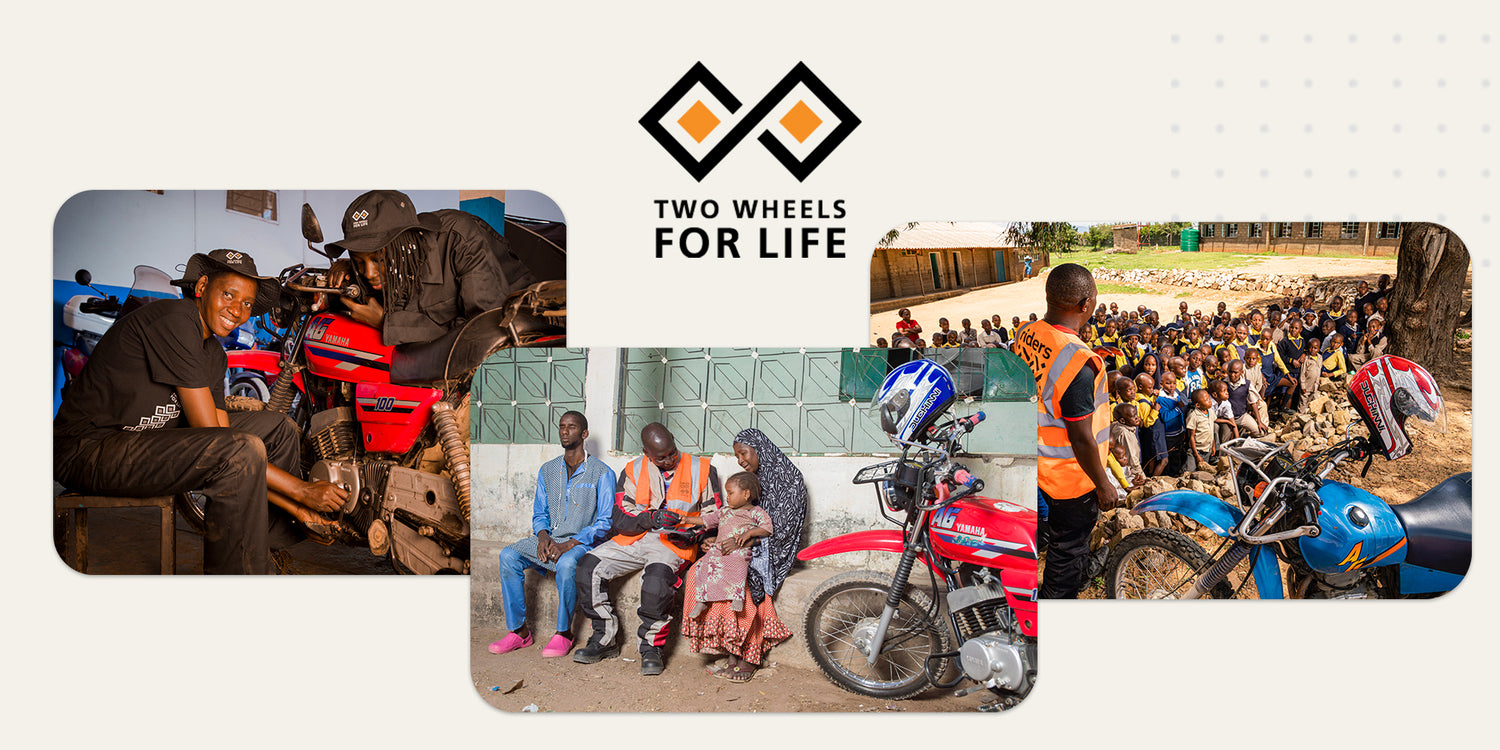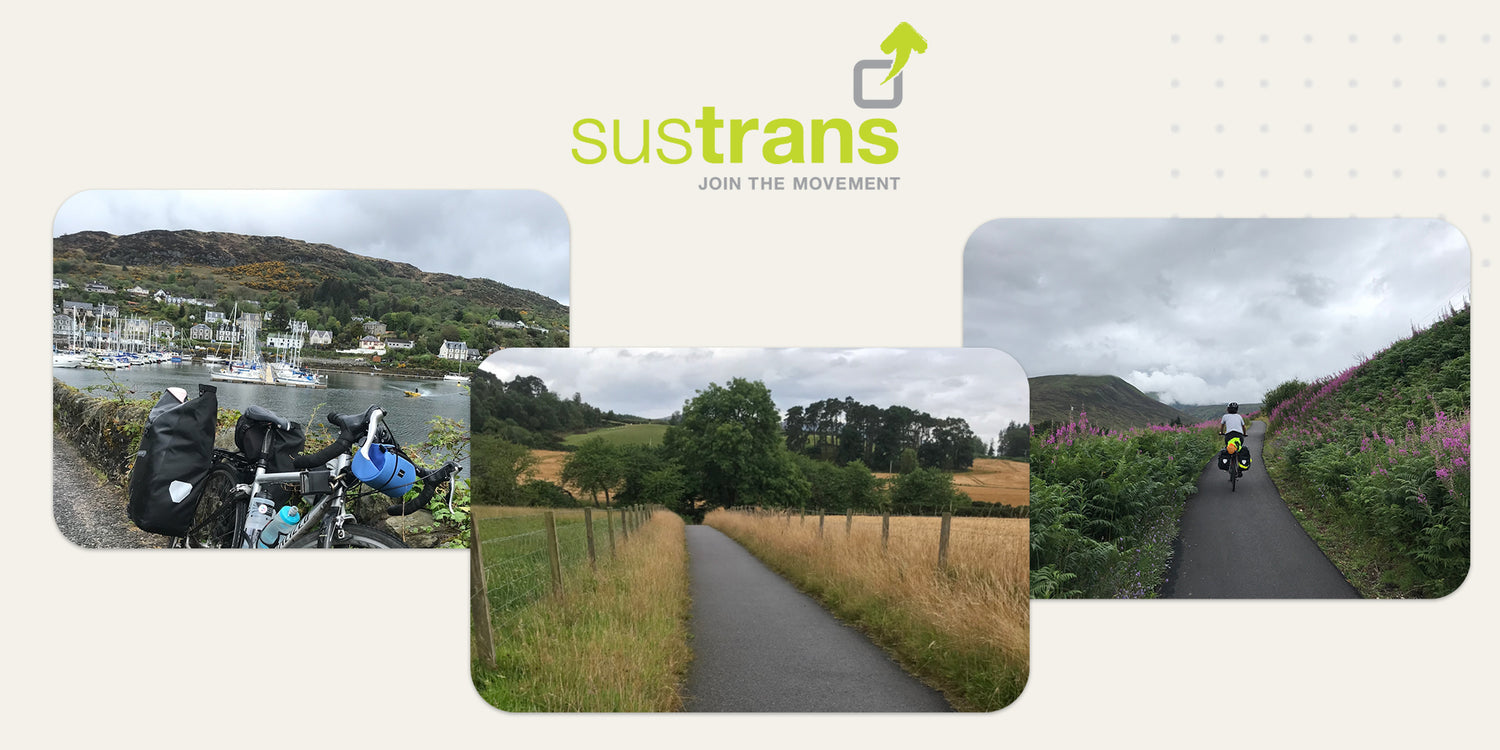It can be hard to know where to begin with picking new cycling shoes, whether you’re a complete novice or a cycling fanatic looking to upgrade your kit. We’re going to take a look at the different types of cycling shoes available and what you should be looking for in your next pair.
Beginners Steps
The first question to ask yourself is, ‘Do I need cycling shoes?’ It sounds obvious but actually if you’re just starting out in the cycling game or if you only ride occasionally and for brief periods you may be better off sticking with trainers. Cycling shoes can be expensive so there’s no need to splash out on the most sophisticated kit if it’s not totally necessary.
If you’re just sticking with a pair of trainers to begin with, try to wear ones with a hard sole, made out of breathable material and with either velcro straps or laces that you can safely tuck away to avoid getting caught in the chain.
Sole Searching
For those looking to take their first steps into the realm of cycling shoes, the most important place to start is the sole. Cycling shoes have rigid soles with very little flex, unlike running shoes. This allows for a more balanced placement of weight and power and so reduces the likelihood of cramping and leg and hip problems.
Clips and Clipless Cycling Shoes
As bizarre as it sounds, clips and clipless cycling shoes actually do the same thing. Both ‘lock’ your feet into the pedals, securing your foot in place and giving you a better transfer of power. Having your feet locked into your pedals means that you ride more efficiently, making them a must for racers and long distance cyclists.
With both clips and clipless cycling shoes you will need to get used to dismounting safely; it’s easy to forget you’re attached to your bike when you first start and suddenly you and your bike are in a heap on the floor after you've braked. For this reason it’s usually best to practice braking first on a grassy surface to give you some cushioning in case you fall.
Clips
The cheaper option for locking your feet into your pedals is with a set of toe clips. These are straps that go across your toes to keep your feet in place. Clips are a good place to start if you’re a newbie to riding attached to your pedals thanks to their price, but they have the downside of being tricky to detach when needing to get off your bike as you need to bend down to take them off- not ideal if you need to get off your bike quickly in an emergency. They can also cut off the circulation to your toes if strapped too tightly, which isn’t ideal for longer distances.
Clipless
‘Clipless’ shoes also clip you into your pedals but with cleats as opposed to clips (hence the confusing name). With clipless shoes you are attached to the pedals through the sole of your shoe, making your foot more stable and giving a better transfer of power than clips. They are also easier to detach from when you need to get off your bike as you don’t need to bend down to remove them.
Types of clipless cycling shoes
There are generally two main groups of clipless cycling shoes- walkable and road. Walkable, as the name suggests, can be walked in when not attached to the bike because the shoes have a thicker sole that the cleats go into. Road clipless shoes have a thinner sole that the cleats protrude from, making them harder to walk in. Road versions are usually favoured by racers who don’t need to walk in their shoes and want to go faster.
Cleats come with your pedals rather than with your shoes and there are several different systems so it’s important to buy cycling shoes that match your pedal’s cleats. Shoes normally either have a 2, 3 or 4-hole system. The 2-hole system, sometimes called the SPD system, is usually found in mountain bike shoes and allows you to point your toe in different directions. These can be used indoors or outdoors. The 3-hole system, sometimes called the Look-style system, is usually found on road bike shoes. They offer more stability than the 2-hole system and are solely for outdoor use.
Fastenings
There are four main types of fastenings found on cycling shoes, in order of least expensive to most expensive- laces, velcro, ratchets or dials.
Laces are the cheapest option and offer a good secure fit as well as often being seen as more stylish and comfortable. The problem with laces is that they can easily become muddy, untied or tangled in the chain. Unlike the rest of the options on here, laces can also slow you down if you need to redo them mid-cycle.
Velcro straps are a more reliable but similarly inexpensive fastening. The advantage of velcro straps are that they are much quicker to do up than laces and can also withstand wet and muddy conditions without coming off.
Ratchet straps are similar to velcro straps but offer a more precise fit for a more secure ride. They can be easily tightened mid-ride but are harder to take off than velcro due to the mechanism.
Dial fastenings, most commonly associated with the Boa dial system, are the most expensive of all the fastening types but with good reason. The reel-based system allows for the most precise fit, meaning you're not in danger of your shoe coming undone, no matter what the weather or terrain conditions are. The system also equalises pressure within the shoe, reducing the likelihood of rubbing through fiction. A dial also has the advantage of being incredibly easy to tighten and loosen mid-ride.
Extras
For serious cyclists the option of heat moulded shoes should be given some proper thought. Just as they sound, these soles are custom fitted to your feet and so perfectly support the arch of your foot, making them a particularly good choice for people with flat feet or arch problems. The obvious downside to these type of shoes is the price- they don’t come cheap- but if you’re looking for the perfect fit and to enhance your riding experience, they’re worth the cost.
Triathletes should look into triathlon specific shoes. These are designed with the quick transition between events in mind and so are easier to pull on and off, usually coming with a loop in the back to help get them on quicker. They are also lined with small holes to help drain the water that you will inevitably be dripping with after your swim (no one likes a wet bike ride!). For this reason you should be careful not to accidentally pick up a pair of triathlon shoes if you’re not a triathlete as the holes will make your feet cold and wet.
Overshoes are a good option for casual cyclists and commuters who want to wear their normal shoes whilst cycling. Overshoes fit over your trainers or shoes with elastic and a zip, giving you protection from the elements on your rides.
Take a look at our other blogs for more cycling tips and news!





